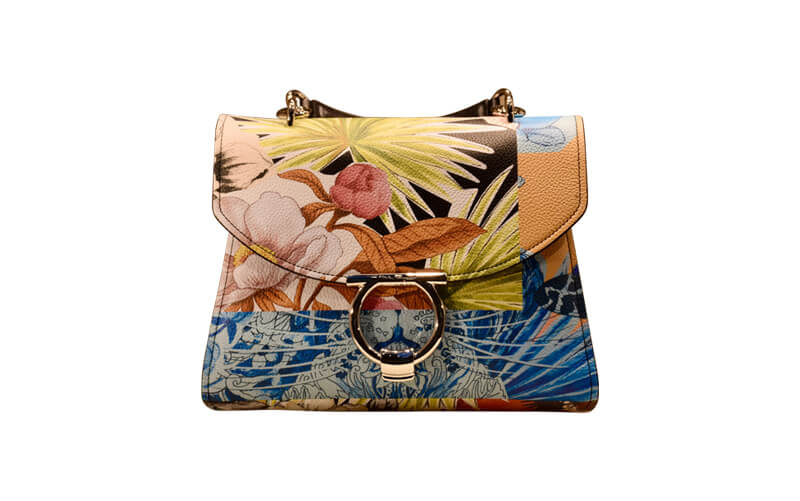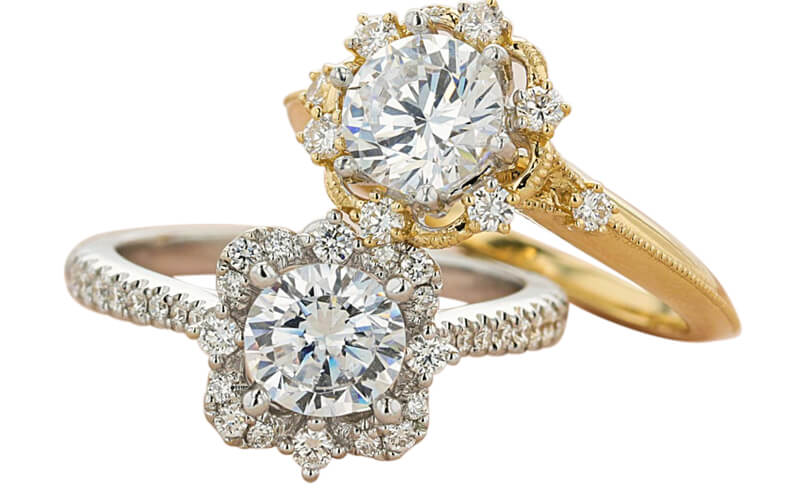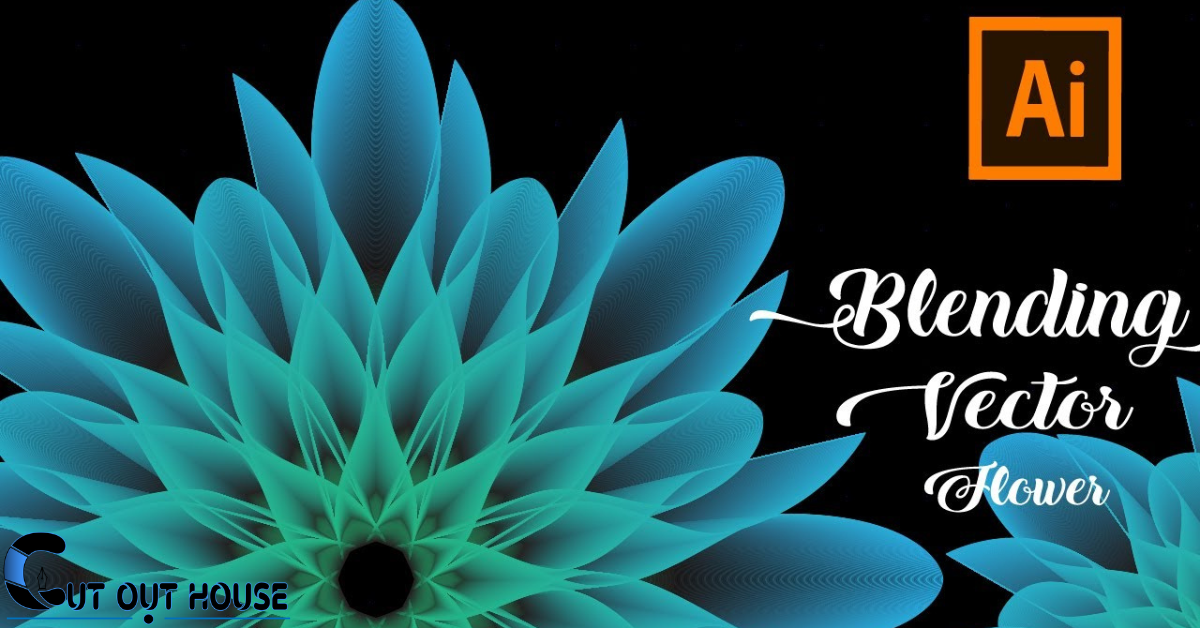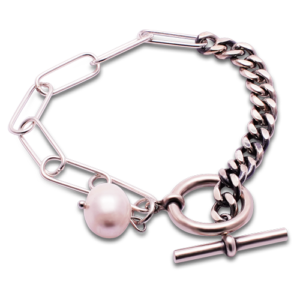Color correction in film photography involves fixing color issues to unify and match footage colors. It ensures accurate representation of hues and tones.
Color correction is an essential process used in stage lighting, television, cinematography, and other disciplines. It entails adjusting colors to achieve the desired aesthetic and unify the appearance of different video clips. Understanding the principles of color balance and dynamic range is crucial in this technical process.
Additionally, distinguishing between color correction and color grading is important, as they serve different purposes in enhancing the visual appeal of the footage. Mastering color correction is vital for achieving professional and visually appealing film photography.
Introduction To Color Correction In Film Photography
| Color Correction in Film Photography: A Comprehensive Guide |
Color correction in film photography is essential for ensuring accurate colors in your photos. It involves adjusting hues and tones to match real-world appearances. Color balance and dynamic range are key principles to consider. Color correction unifies video clips by fixing color issues. In contrast, color grading focuses on giving a stylistic look to footage. Understanding the difference between the two processes is crucial. Overall, mastering color correction is a fundamental skill for photographers and videographers alike.
Fundamentals Of Color Theory
Color correction in film photography involves adjusting colors to achieve accurate representation. It’s a technical process that aims to match hues and tones in the footage with real-world colors. This process also ensures uniformity across different video clips. When it comes to color correction, understanding the fundamentals of color theory is crucial. Primary colors play a vital role, and the color wheel serves as a valuable tool in correction. It helps in balancing the amount of red, green, and blue in the footage, which contributes to achieving the desired color balance and dynamic range. Additionally, it’s important to differentiate between color correction and color grading. While color correction focuses on fixing colors, color grading involves giving them a stylistic look. Both processes are essential in enhancing the overall visual appeal of film photography.
Tools And Equipment For Effective Color Correction
Essential Software: The primary software required for effective color correction includes Adobe Photoshop, Lightroom, or Capture One. These tools offer a wide range of features for adjusting color tones and hues.
Hardware Requirements: A high-resolution monitor with accurate color representation is essential for precise color correction. Additionally, a graphics tablet can be beneficial for detailed adjustments and fine-tuning.
Step-by-step Guide To Color Correcting Film Photos
Color correction in film photography is an essential process to ensure accurate representation of colors in photos. The first step is to assess the images and identify any color balance issues. This involves balancing the amount of red, green, and blue recorded onto the footage. Then, fine-tune the saturation and luminance to achieve the desired results. While color correction is necessary to unify your footage, it should not be confused with color grading which is the process of giving your footage a stylistic look. Color correction can be achieved through the use of color gels or filters in photography, television, cinematography, and other related disciplines.
Common Challenges And Solutions
Navigating color correction in film photography poses challenges like achieving color balance and maintaining dynamic range. Solutions include adjusting hues accurately and unifying colors across clips for a cohesive look in your final project. Mastering these techniques is essential for impeccable results.
| Common Challenges and Solutions |
| When dealing with mixed lighting, the best approach is to first determine the dominant light source and adjust your camera’s white balance accordingly. If there are multiple light sources, you may need to use color gels to balance out the temperature of the light. Correcting skin tones can be a challenge, particularly when working with different skin tones in the same shot. One solution is to use selective color correction tools to adjust each skin tone individually. For overexposed shots, you can try to recover lost detail by adjusting the exposure and contrast in post-processing software. Alternatively, you can try to avoid overexposure by shooting in manual mode and adjusting your settings accordingly. |
Advanced Techniques In Color Correction
Color correction in film photography is a crucial step in the post-production process. It involves adjusting the colors in an image to achieve a desired look and ensure accurate representation. Advanced techniques in color correction include the use of masks and layers for precise adjustments. These tools allow photographers to selectively correct colors in specific areas of the image, enhancing the overall visual impact.
Comparison: Color Correction Vs. Color Grading
Color correction in film photography is essential for ensuring accurate representation of colors in a photo. It involves fixing issues with the color of footage to match real-life hues and tones. The process also aims to unify the colors between video clips. On the other hand, color grading focuses on giving footage a stylistic look, enhancing its visual appeal. Understanding when to correct and when to grade is crucial in achieving the desired visual outcome for a project.
Real-world Examples And Case Studies
Explore real-world examples and case studies showcasing the art of color correction in film photography. Gain insights into adjusting colors for accurate representation, mastering the basics of color grading, and understanding the principles behind color balance and dynamic range. Dive into a comprehensive guide that unveils the technical process of unifying footage hues and tones.
| Color correction in film photography ensures accurate color representation. |
| It unifies footage by fixing color issues to match real-world hues. |
| Principles include color balance and dynamic range adjustments. |
| Color grading gives a stylistic look, while correction fixes colors. |
| Guides help beginners master basics, from saturation to tools. |
Frequently Asked Questions
How Does Color Correction Work In Film?
Color correction in film adjusts the color of footage to match real-life hues and tones, unifying the overall look. It also ensures consistency between different video clips. This technical process involves balancing colors and enhancing dynamic range for a natural and cohesive visual presentation.
What Is Color Correction In Photography?
Color correction in photography involves adjusting and fixing the color of images to achieve accurate representation. It’s a crucial step to ensure the colors match real-life hues and tones.
What Are The Principles Of Color Correction?
The principles of color correction involve balancing colors and adjusting dynamic range for unified footage.
What Is The Difference Between Color Grading And Color Correction?
Color grading adjusts colors for style, while color correction fixes issues for accurate representation in film or video.
Conclusion
Color correction in film photography is a crucial step to ensure accurate and cohesive visuals. By adjusting colors, you create a unified and professional look. Understanding color balance and dynamic range is key to mastering this process. Embrace the art of color grading to elevate your photography skills further.


























